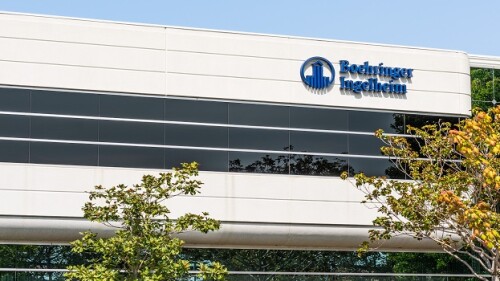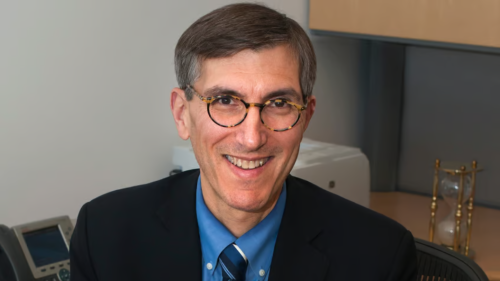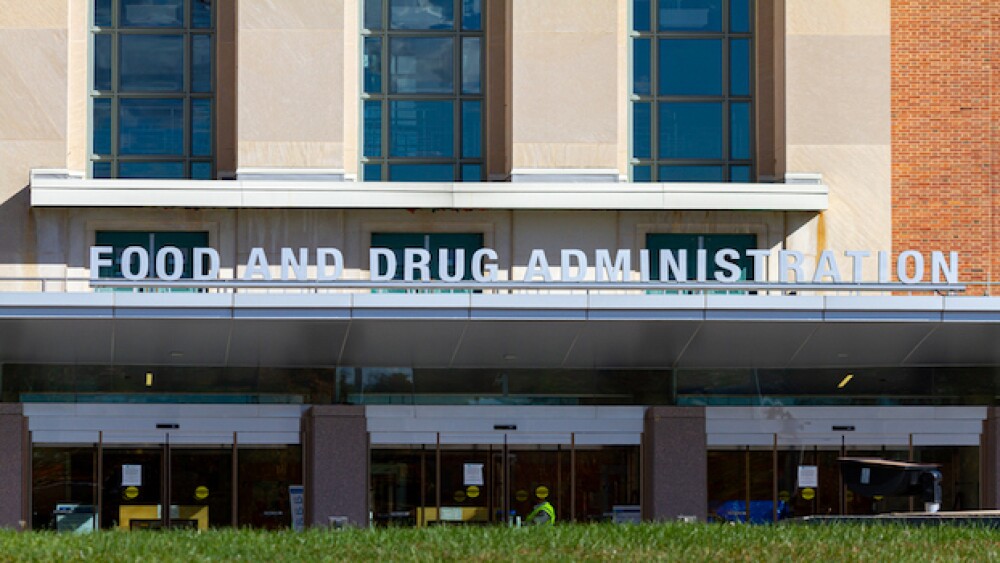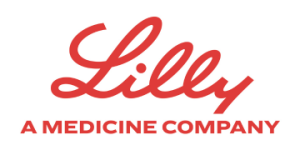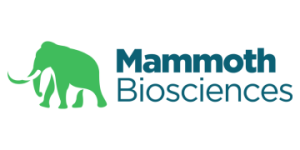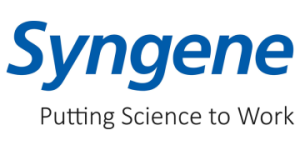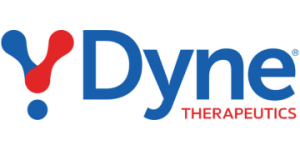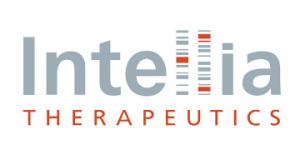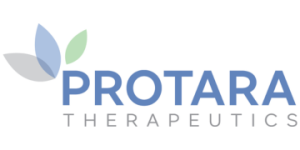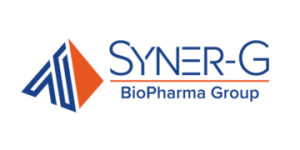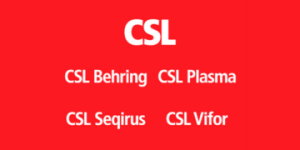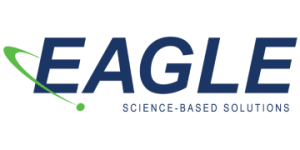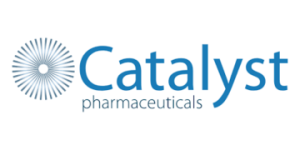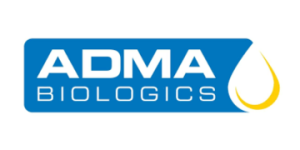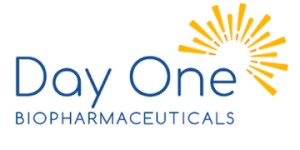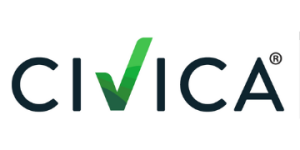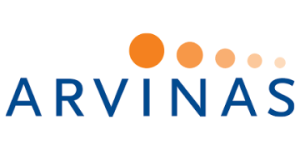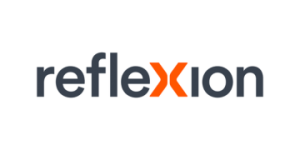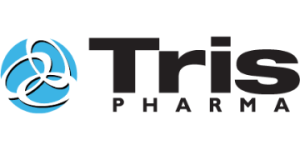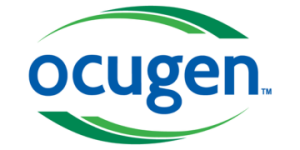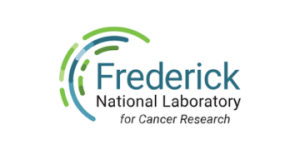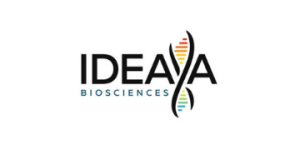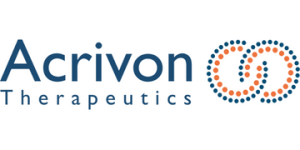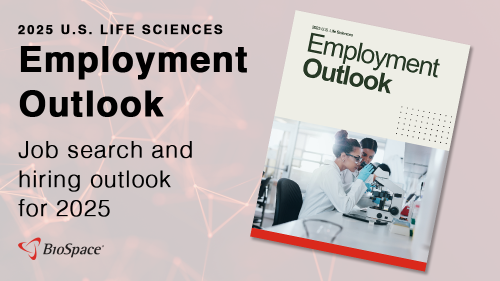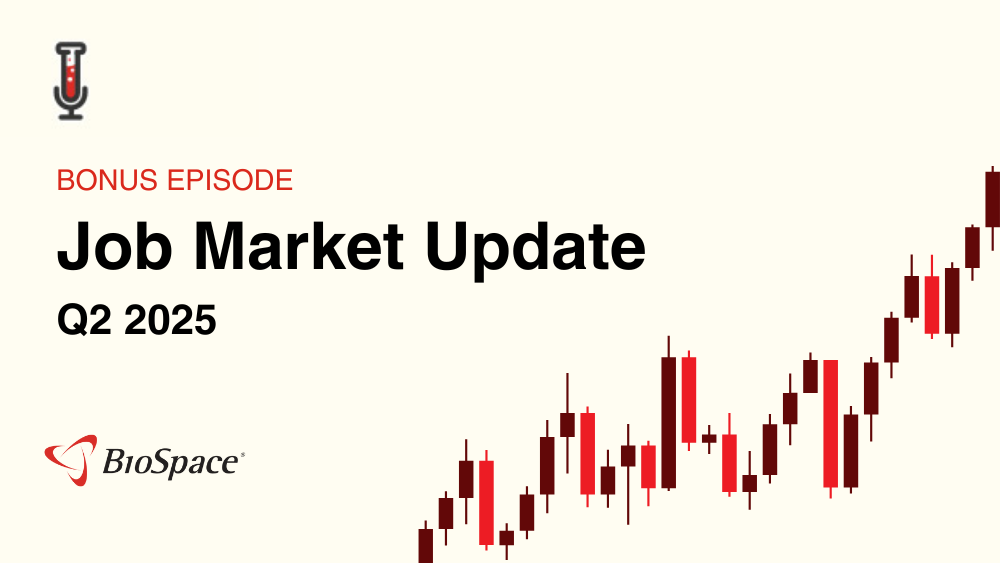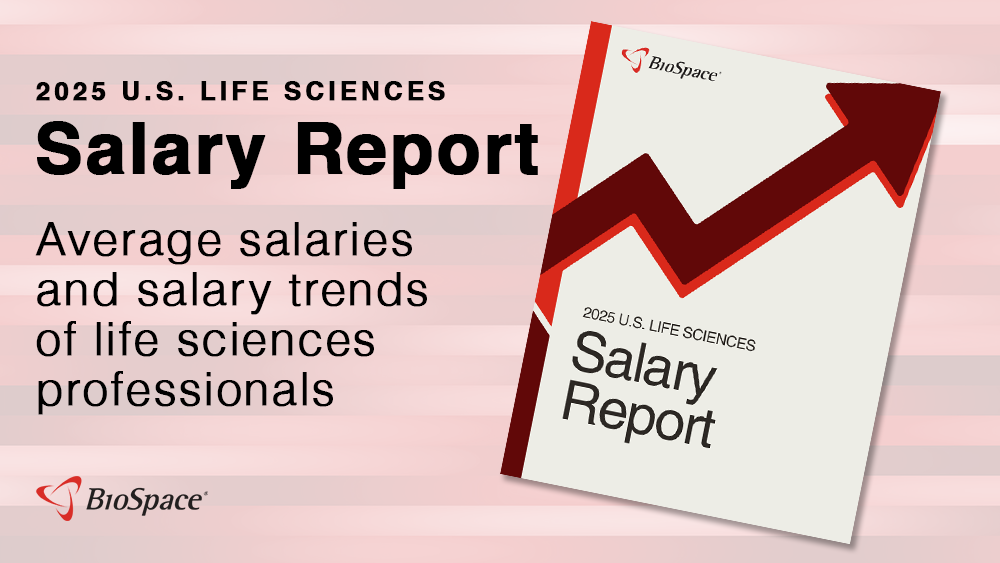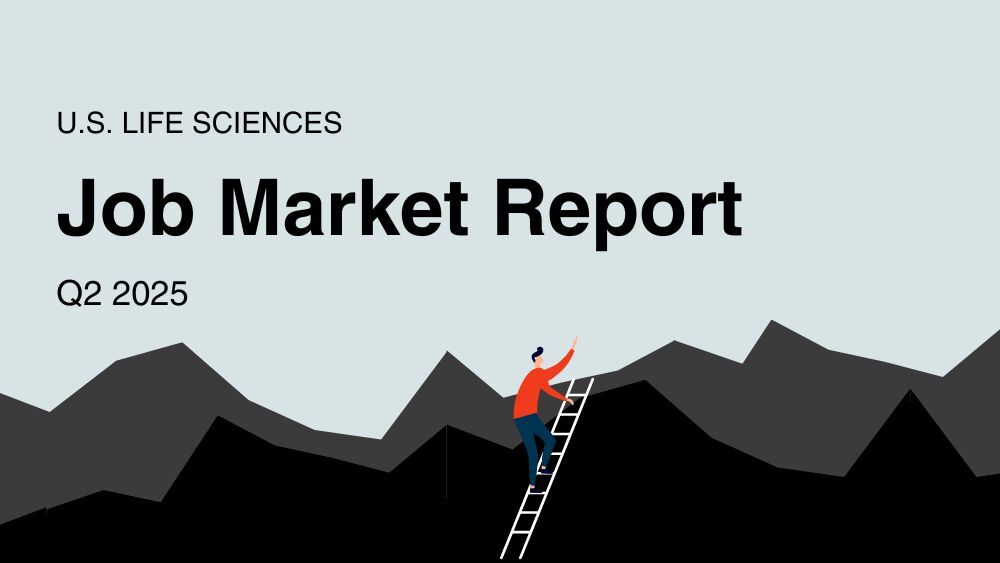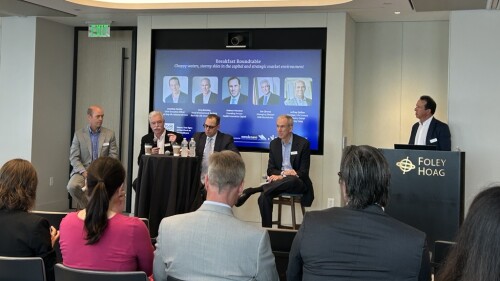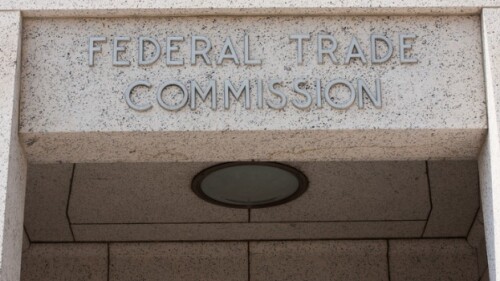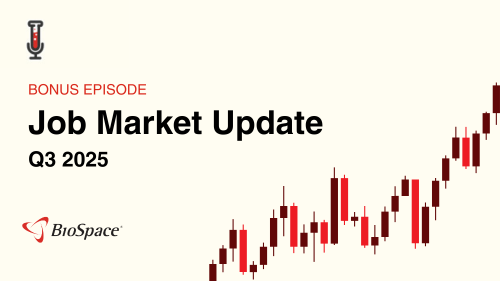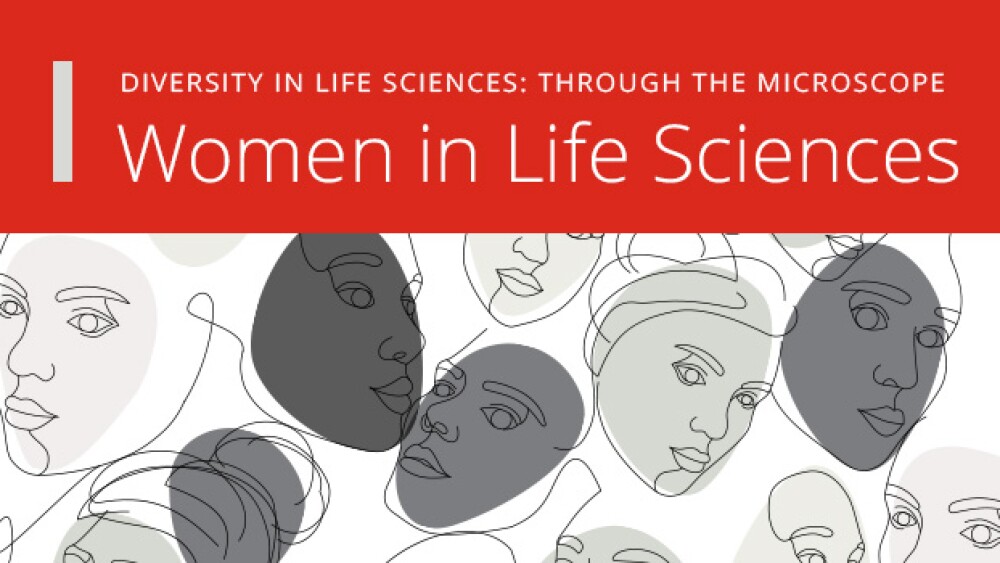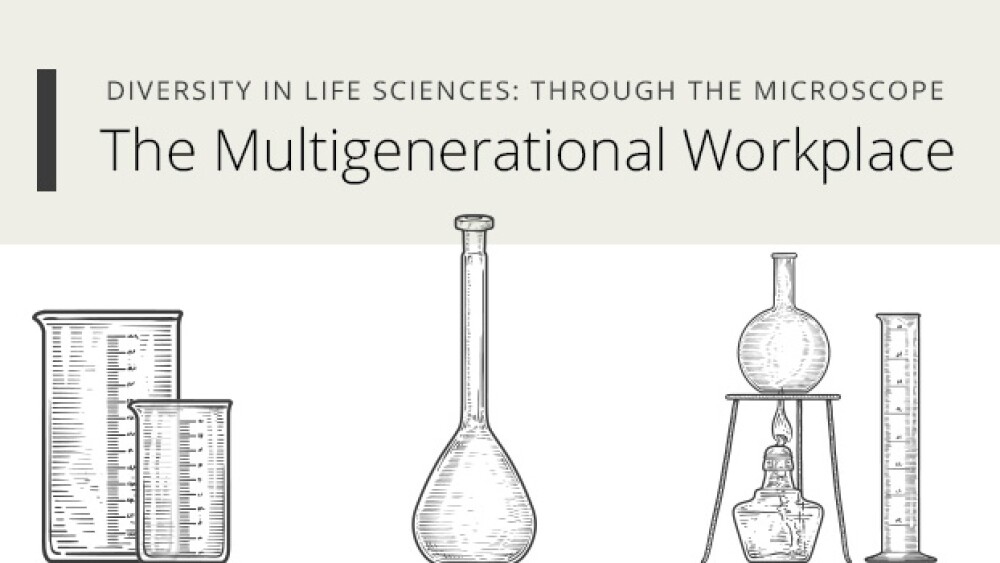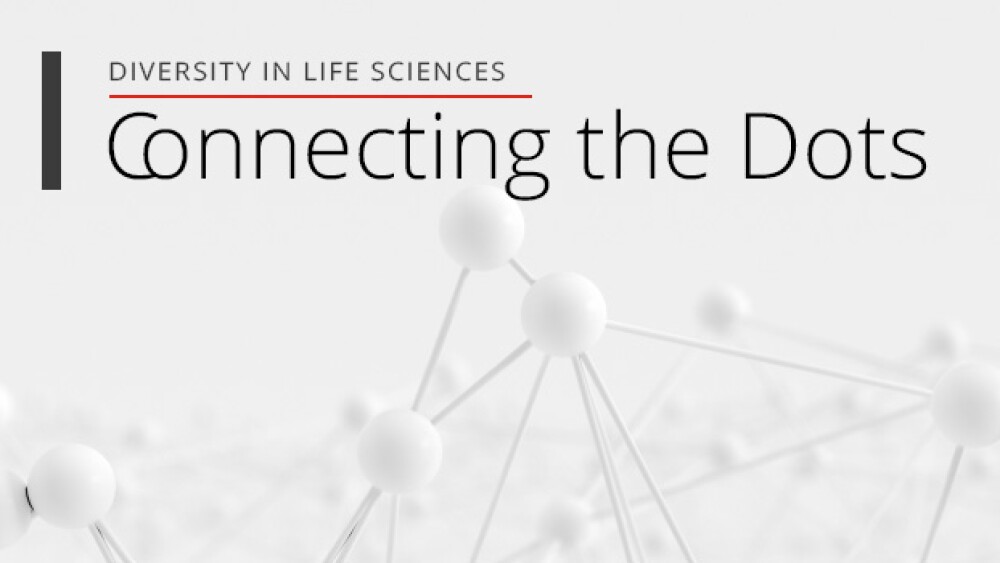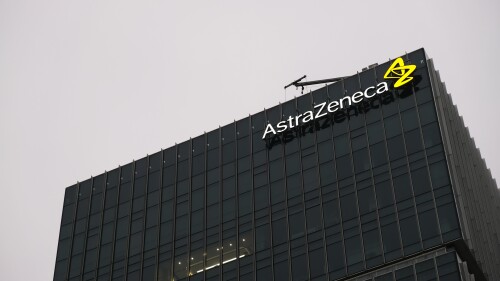The centerpiece of the deal is orelabrutinib, a BTK inhibitor in late-stage development for multiple sclerosis that Biogen once paid $125 million for but abandoned after less than two years of testing.
In the Phase III FIBRONEER-IPF study, Jascayd demonstrated significant lung capacity improvements over placebo.
The $48 million award, granted through the Advanced Research Projects Agency for Health, will help Kernal take its in vivo mRNA-encoded CAR T therapy forward.
The U.S. government remains shut down, with the FDA closed for new drug applications until further notice; cell and gene therapy leaders gather for the annual meeting in Phoenix with the field in a state of flux; Pfizer and Amgen will make drugs available at a discount as President Donald Trump’s tariffs still loom; and new regulatory documents show how Pfizer beat out the competition for Metsera.
Six months after his controversial departure from the top spot at the FDA’s biologics division, Peter Marks has landed at Eli Lilly, joining former colleague Rachael Anatol, who was ousted from the agency not long after Marks.
MapLight laid out the terms of its planned IPO in a regulatory filing on Monday, providing greater detail about what the funds will be used for.
FEATURED STORIES
It can cure deadly diseases, save long-term healthcare costs and transform lives. But the U.S. insurance system still isn’t ready to pay for it.
Blank check deals dwindled after a crazy 2021. Now, biotechs are starting to turn to special purpose acquisition companies again as an easy route to the public markets.
Some of the biggest SPACs from the industry’s pandemic-fueled heyday are no longer on the market.
After spinning out of BridgeBio in May 2024, BBOT had an eye on another round of fundraising in 2025. A SPAC quickly emerged as the best option.
Aside from the rare disease market, Novo Nordisk also scored a key regulatory win last month for its blockbuster GLP-1 drug Wegovy, which can now be used to treat patients with metabolic dysfunction-associated steatohepatitis.
After a demoralizing period punctuated by the withdrawal of one of the few marketed therapies for ALS, investment in new biotechs, state-backed collaborative initiatives and buzz at BIO2025 suggest a new day in drug development for one of medicine’s most intractable diseases.
LATEST PODCASTS
In this bonus episode, BioSpace’s Vice President of Marketing Chantal Dresner and Careers Editor Angela Gabriel take a look at Q2 job market performance, layoffs and wider employment trends and policies impacting the biopharma workforce.
In this episode presented by Eclipsebio, BioSpace’s head of insights Lori Ellis discusses mRNA and srRNA with Andy Geall of Replicate Bioscience and Alliance for mRNA Medicines, and Pad Chivukula of Arcturus Therapeutics.
H2 2025 catalysts to watch, biopharma implications of President Trump’s tax law, KalVista’s new hereditary angioedema drug that Marty Makary reportedly tried to reject, another lawsuit aimed at Health Secretary Robert F. Kennedy Jr. and a plea from patients with ALS for access to BrainStorm’s NurOwn.
Subscribe to Genepool
Subscribe to BioSpace’s flagship publication including top headlines, special editions and life sciences’ most important breaking news
SPECIAL EDITIONS
In this deep dive, BioSpace explores the next big thing in obesity.
BioSpace did a deep dive into biopharma female executives who navigated difficult markets to lead their companies to high-value exits.
BioSpace data show biopharma professionals faced increased competition for fewer employment opportunities during the second quarter of 2025, with increased pressure from further layoffs.
DEALS
-
Sanofi paid a more than 300% premium on its acquisition of Vigil Neuroscience, suggesting a fierce battle to seal the deal. Across biopharma, companies are sometimes willing to put it all on the line for the right buyout. Novartis’ recent acquisition of Regulus for $800 million upfront provides a case study.
-
The pending deal was rumored overnight after a report from the Financial Times, spurring analysts to speculate that if true, the entire gene editing space would see a boost at the markets.
-
Big Pharma executives have not been shy about their desire for deals, but companies have been battling macro headwinds alongside Trump’s policies on drug pricing and tariff threats.
-
At a satellite kickoff event to the annual BIO meeting, investment bankers and VCs gave reasons for optimism amid a ‘volatile’ period for the industry.
-
Stifel analysts said the deal “feels like an unremarkable outcome for a company that was once one of the hottest stories in CNS.” Supernus’ offer beats Biogen’s unsolicited bid of about $7.22 per share, which arrived with a thud in late January.
WEIGHT LOSS
-
Terns, once a rising star in obesity and the MASH space, will refocus on cancer and partner out a handful of obesity assets.
-
Maziar Mike Doustdar, who was named as Novo Nordisk’s new CEO last week, spoke on a second quarter earnings call of reallocating resources to the company’s “main core” of metabolic disease.
-
George Tidmarsh takes over temporarily at CBER following Vinay Prasad’s abrupt departure; Replimmune trial leaders protest rejection reportedly driven by FDA’s top cancer regulator Richard Pazdur; Merck’s $3 billion savings push claims 6,000 jobs; and Pfizer CEO Albert Bourla addresses President Donald Trump’s new threats around Most Favored Nation drug pricing.
-
Earlier this year, the Centers for Medicare and Medicaid Services scrapped a previous proposal, from the Biden administration, to include anti-obesity medications in Medicare Part D coverage.
-
Roche obtained CT-173, a PYY mimetic, in its $2.7 billion acquisition of Carmot Therapeutics in December 2023. The company reported the change in its second quarter earnings call.
POLICY
-
In an opinion piece in the Wall Street Journal, Health Secretary Robert F. Kennedy Jr. said he will roll chronic disease programs into a new Administration for a Healthy America.
-
Paul Offit, longtime member of the FDA’s vaccine advisory committee and an outspoken critic of Health Secretary Robert F. Kennedy Jr., was recently informed by the Department of Health and Human Services that his services are no longer required.
-
While trade groups hail the executive order as a national health security opportunity, analysts warn that production costs could go up in the near term.
-
During the COVID-19 pandemic, Health Secretary Robert F. Kennedy Jr.—along with FDA Commissioner Marty Makary and CBER Director Vinay Prasad—argued against vaccine mandates, partly because they limited medical choice. This week, the FDA under their leadership approved updated COVID-19 vaccines with restrictions that do the same.
-
Health Secretary Robert F. Kennedy Jr. will testify before the Senate Finance Committee on Sept. 4, following the ouster of CDC Director Susan Monarez and tapping of HHS Deputy Secretary Jim O’Neill as her interim replacement.
For reasons including downsizing, avoiding retirement and a tight labor market, senior-level biopharma professionals are increasingly turning to fractional roles, according to two recruitment experts.
Massachusetts’ biopharma jobs increased 2.6% in 2023, according to the MassBio Industry Snapshot. Whether the state’s jobs grow in 2024 remains to be seen based on this year’s layoffs and seemingly slowed hiring based on BioSpace data.
The federal judge’s decision Tuesday said the Federal Trade Commission exceeded its statutory authority in implementing a final rule aimed at restricting noncompete clauses.
Massachusetts’ new salary range transparency law can be a tool for companies looking to attract biopharma professionals while also helping candidates and current employees improve their job searches and salaries, according to two experts.
By building and nurturing a strong personal brand, you can benefit in multiple ways, including enhancing your credibility, attracting opportunities and inspiring investor confidence.
To avoid being laid off, a third of biopharma professionals would take a pay cut and nearly a quarter would take a demotion, according to BioSpace LinkedIn polls. We spoke to several professionals about their layoff experiences and what they would—and wouldn’t—have done to keep their jobs.
HOTBEDS
REPORTS
Over the last two decades, women have achieved near equal levels of representation in life sciences - though there are distinct gaps in leadership and pay equity. The experience of women also differs vastly depending on age, race, and other factors.
How does age affect employees’ experiences in the workplace? This report examines the intersection of age along with gender and other demographics.
In the final instalment of our Diversity in Life Sciences series, BioSpace provides life sciences organizations with practical solutions and benchmarking data to strengthen their DEI initiatives.
CANCER
-
The pivotal Phase II trial is testing Allogene’s CAR T candidate cemacabtagene ansegedleucel for large B-cell lymphoma. ALLO-647 was being used as a preparative lymphodepletion therapy.
-
After decades of limited progress—owing to the difficulty of treating the disease and resultant market risk—glioblastoma research is entering a new phase spurred by smarter trials, targeted funding and renewed interest from companies like Merck and Jazz Pharmaceuticals.
-
Sarepta’s Elevidys is back on the market for ambulatory patients with Duchenne muscular dystrophy, Health Secretary Robert F. Kennedy Jr. reportedly plans to dissolve the U.S. Preventive Services Task Force and “fix” the vaccine injury compensation program, Merck, AstraZeneca and more report Q2 earnings, Novo names a new leader and Roche’s trontinemab impresses at AAIC25.
-
Pascal Soriot’s comments came during AstraZeneca’s Q2 earnings call in regard to President Donald Trump’s newly announced European pharma tariffs. The company also announced estimate-beating earnings, with its cancer portfolio driving earnings despite clinical roadblocks.
-
The star of GSK’s Hengrui partnership is the COPD candidate HRS-9821, which will complement the pharma’s respiratory pipeline that’s anchored by the anti-asthma drug Nucala.
NEUROSCIENCE
-
A retrospective cohort study found that semaglutide and tirzepatide are linked with significantly lower risks of dementia and stroke, hinting at potential neuroprotective effects of GLP-1 therapies.
-
Sarepta Therapeutics faces serious FDA action after news broke of a third patient death, the FDA gets a new top drug regulator in George Tidmarsh, a handful of new drugs get turned away from the market and pharma companies continue to commit billions to reshoring manufacturing.
-
Otsuka and Lundbeck’s data are insufficient to establish significant efficacy of Rexulti plus sertraline in PTSD, according to the FDA’s outside experts.
-
The patient, who was being treated with an investigational gene therapy for limb-girdle muscular dystrophy, died of acute liver failure, the same complication responsible for the deaths of two boys taking Sarepta’s Duchenne muscular dystrophy treatment Elevidys.
-
FDA reviewers flag “discordant results” in a briefing document published ahead of Friday’s advisory committee meeting for the partners’ application for the antipsychotic in post-traumatic stress disorder.
CELL AND GENE THERAPY
-
The strategic reprioritization comes after the company hit two major hurdles in the past year, including a clinical hold for an investigational gene therapy and an FDA rejection for its lead asset.
-
CBER is unanimously against Elevdiys’ return to the market without additional evidence, according to media reports citing an anonymous senior FDA official. Given Elevidys’ full approval, however, experts told BioSpace this path would set up a length legal battle between the regulator and Sarepta Therapeutics.
-
Second-quarter earnings come amid many high-level challenges for the biopharma industry. How will these five closely watched biotechs fare?
-
Dispatch seeks to address two main challenges of immunotherapies in solid tumors: the lack of a target and the immunosuppressive tumor environment.
-
The voluntary pauses follow two patient deaths associated with the Duchenne muscular dystrophy gene therapy.





